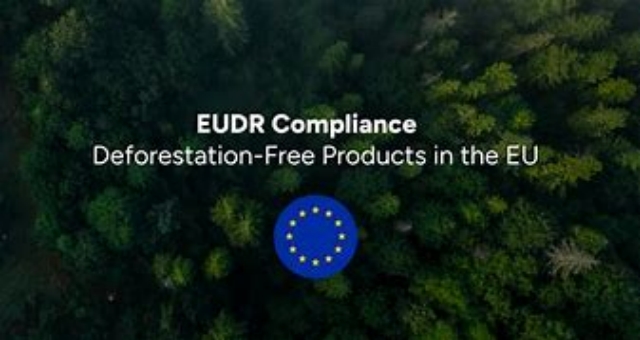0086 18049845758
 GOLDEN PAPER
GOLDEN PAPER
 GOLDEN PAPER
GOLDEN PAPER
The EU Forest Felling Regulation (EUDR) is an important part of the EU's Green Deal and has quickly become a focus of attention for the pulp and paper industry in Europe and globally. This concern is not due to a lack of understanding of the EUDR's objectives, but rather to the many ambiguities in its implementation, including the development of tools for companies to comply with the regulations.
The EU's Dispute Resolution Regulation is expected to reshape trade and supply chains for industries that may be unfairly associated with deforestation, such as pulp and paper. Companies will face increased operating costs, regulatory scrutiny, and the threat of fines, with penalties potentially reaching at least 4% of annual revenue, goods being confiscated, and even temporary bans on participating in EU procurement or tendering.
Selling products to the EU will result in increased costs for businesses, which will undoubtedly lead to higher prices in Europe, thereby increasing the production costs of the paper industry and further damaging its competitiveness.
The main risk facing the European paper and board industry is pulp, as European pulp imports exceed 6 million tons in 2023, mainly from Brazil, North America, and Chile. Given that Brazil is likely to be classified as a country with high risk of deforestation, the risk of importing commodity pulp from Brazil seems higher, leading to stricter compliance requirements. However, considering the modern operations of most pulp producers in the country, the EU regulations may bring opportunities, rather than threats.
The European printing paper industry may face two major challenges due to the EU regulations. First, it may be difficult to obtain sufficient market pulp at a reasonable price, which may increase production costs and put domestic production at risk. Second, global trade may be disrupted. If overseas suppliers divert their exports to outside the EU, European producers can benefit by replacing imports with domestic production. However, this assumes that all European producers can comply with the EU regulations and maintain exports. It also assumes that the loss of global competitiveness is minimal. In this case, the utilization rate may be 6 percentage points higher than our current forecast.
The decline in competitiveness, as well as the potential inability to comply with EU regulations, could impact European exports and create opportunities for producers in other regions, such as Asia, to gain a larger European overseas market share. Therefore, EU regulations could lead to an unexpected increase in the use of high-risk forest logging paper and paper products outside of Europe. If domestic demand or capacity does not change, graphic paper utilization rates in Europe may drop by 11 percentage points compared to our current forecast, putting more producers at risk.
There are less than seven months left until businesses comply with the new EU regulations, and the risk of market chaos is huge. Many European and overseas industries affected by the EU regulations are concerned about whether they can complete the compliance work on time. The number of requests for major modifications to the regulations or a delay in implementation is increasing. Although the likelihood of implementation delay is still low, it is increasing.
